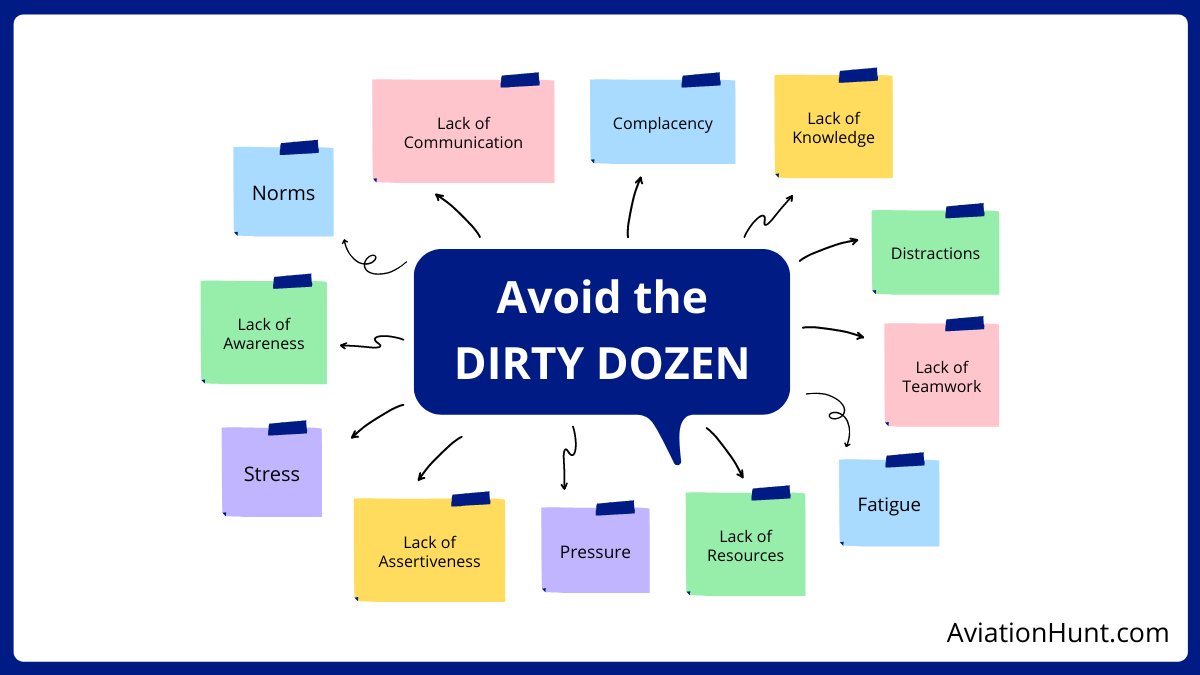Team Based Human Factors Challenges
The FAA states that the term "human factors" refers to a multidisciplinary approach to gathering and applying data about human capabilities and limitations to equipment, systems, facilities, procedures, jobs, environments, training, staffing, and personnel management for safe, comfortable, efficient human performance (FAA Order 9550.8 - Human Factors Policy, 1993.) In other words, human factors are related to individuals, their interactions with their work and life surroundings, as well as their interactions with other system users, machinery, and equipment. Human factors employ the systematic application of the human sciences to try and optimize human behavior. They aim for effectiveness and safety.
Over 70% of commercial aviation hull-loss incidents have been shown to be mostly caused by human error. Human error is traditionally related to aircraft operations, but it has recently emerged as a significant issue in maintenance procedures and air traffic control (Graeber, n.d.) In the aviation industry, factors including tension, tiredness, and complacency are crucial. Human variables refer to all of these circumstances as well as many more. Over 70% of aviation mishaps have been proven to have been significantly influenced by human factors, many of which directly cause or contribute to accidents. To design tools, machines, systems, tasks, jobs, and settings safely, human factors entail gathering situation-specific research, such as flight, maintenance, stress levels, and knowledge about human capacities, limitations, and other characteristics. Human use that is comfortable and efficient.

Aircraft maintenance requires teamwork. The group's members must be at ease with one another. Nothing should be tense. Communication between team members may suffer due to formality and stress, which will reduce their efficacy. Each team member must take part in the team's decisions and actions. There might be a lot of conversation in this. Each team member must actively listen to the others. We can view issues differently and arrive at answers more rapidly if we pay close attention to others with varied viewpoints. Studies have shown that in order to be successful, collaboration and high levels of coordination are essential for aviation maintenance. Coordination with internal teams, external component repair facilities, flight crews, and aircraft owners are all included in this. Recent studies have also demonstrated that teaching aviation staff appropriate cooperation techniques decrease injury and equipment damage and increase productivity (Human Factors Training for Aviation Maintenance, 2012.)
References
FAA Order 9550.8 - Human Factors Policy. (1993). https://www.faa.gov/documentLibrary/media/Order/9550.8.pdf
GRAEBER, C. (n.d.). The Role of Human Factors in Improving Aviation Safety. Www.boeing.com. https://www.boeing.com/commercial/aeromagazine/aero_08/human_textonly.html
Human Factors training for aviation maintenance. (2012). CWH. http://www.sealandaviation.com/sites/default/files/Human-Factors-Mod-26-FORM-HFSFC91340TS3.pdf
Comentarios
Publicar un comentario